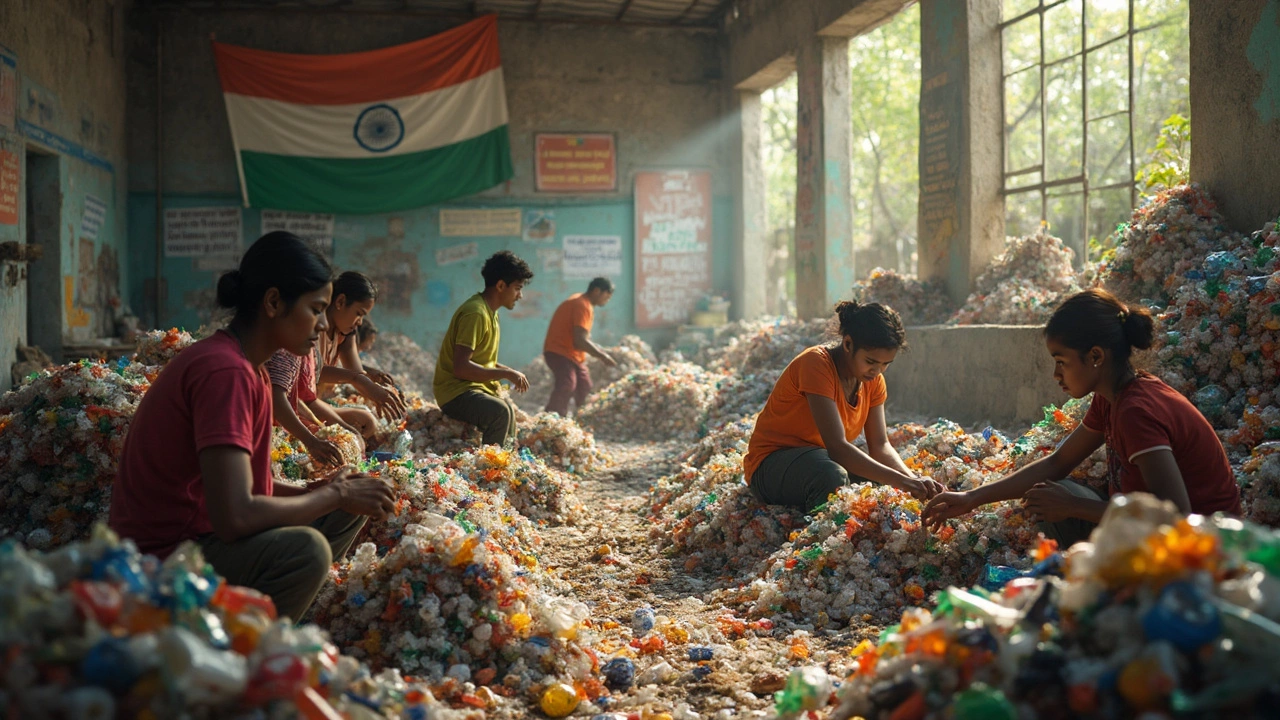Plastic Disposal Made Easy: What You Can Do Today
Every time you toss a bottle or a bag, you decide where that plastic ends up. Too many people throw it in the trash, and it ends up in landfills or the ocean. The good news? You can change that habit with a few simple moves. This guide shows you exactly how to manage plastic at home and at work without any jargon.
Know What Can Actually Be Recycled
Not every plastic gets a second life. Look for the recycling symbol and the number inside it. Numbers 1 (PET) and 2 (HDPE) are the most accepted by local centers. Items like milk jugs, soda bottles, and grocery bags usually fall into these groups. If you see a number 3 or higher, chances are your curbside program won’t take it, so it’s better to reuse or repurpose it.
Before you rinse a container, make sure it’s empty—no leftover sauce or juice. A quick rinse prevents contamination, which can ruin an entire batch of recyclables. If you’re unsure, a quick call to your city’s waste department clears up the doubt.
Turn Plastic Waste into a Resource
Recycling isn’t the only answer. Think about reusing plastic for a few extra cycles. Clean water bottles can become plant‑watering tools, and sturdy containers make great storage bins. If you have a garden, cut up old plastic bottles to create drip‑irrigation systems. These low‑cost hacks keep plastic out of the curb and give it a purpose.
When reusing isn’t possible, look for local drop‑off points that accept hard‑to‑recycle items—like electronics, plastic film, or coffee cups. Many supermarkets have separate bins for plastic bags and wraps. Shipping those to a specialty recycler prevents them from clogging the regular stream.
Businesses can up the game by conducting a plastic audit. Count how many single‑use items go through the office each week. Replace disposable cutlery with stainless steel, and stock refill stations for water. Small changes add up, and employees notice when the office looks cleaner and greener.
Finally, remember that the biggest impact comes from buying less. Choose products with minimal packaging, or buy in bulk. When you buy a refillable bottle of shampoo, you cut out dozens of plastic containers before they ever hit the waste stream.
Plastic pollution isn’t a problem that disappears overnight, but every bottle you recycle, every bag you reuse, and every product you buy smartly pushes the tide back. Start with one habit today—whether it’s rinsing recyclables or swapping a bag for a tote—and you’ll see the difference in your own trash bin and, eventually, in the oceans.

Where Does Plastic Go: From Use to Disposal
Ever wondered what happens to the plastic items we use every day? This article demystifies the lifecycle of plastic after its initial use. From recycling processes to landfill destinations, learn the true journey of plastic waste. Discover fascinating facts and practical tips to help reduce plastic pollution.
